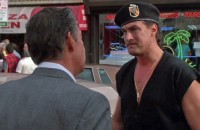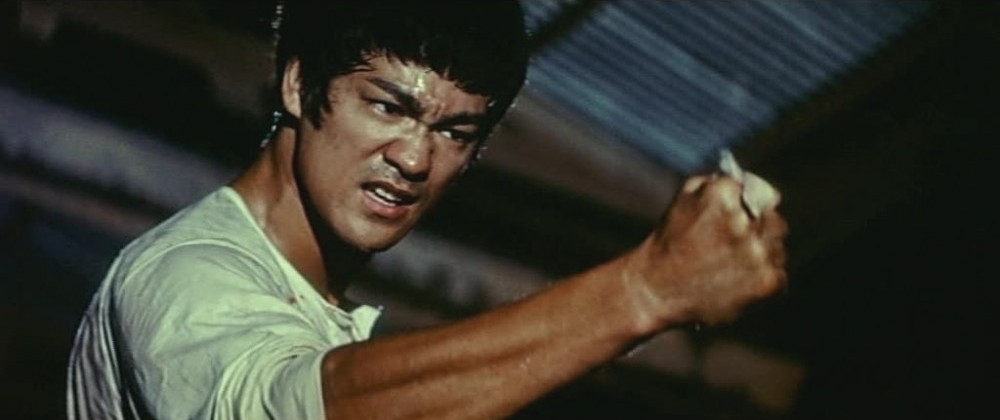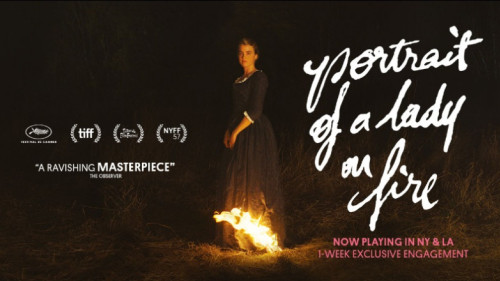Volume 18, Issue 10 / October 2014
From Action to Crime
In this issue
-

Action Aesthetics: Realism and Martial Arts Cinema, Part 1
Theoretical Considerations
-

Action Aesthetics: Realism and Martial Arts Cinema, Part 2
Martial Suture – The Films of Steven Seagal
-

A Character Study of Alienation and Loneliness: Blast of Silence (Allen Baron, 1961)
-

The Amorality of Business: Killing Them Softly and Inside Job
Can anything that does not have the pursuit of good at its root be truly ethical?
-

Tinker Tailor Soldier Spy: Everything Is Politics
Volume 18, Issue 10 features cinema that harks back to the designation of ‘movies’: films that are about movement. Cars, bullets, trains, and most importantly, people, bodies in flight. The body as a tool, a weapon of action and self-defense is the subject of the opening pieces. Kyle Barrowman’s two-parter on the Martial Arts action film, “Action Aesthetics: Realism and Martial Arts Cinema,” looks closely at the theoretical and aesthetic designs behind the martial arts film. Part one concentrates on fitting the martial arts film into the tradition of realist film theory, with a nuanced reading of how the martial arts film offers its own brand of cinematic realism. In an effort to move beyond the abstract theoretical ground-clearing of Part 1, in Part 2 Barrowman elaborates on his conception of martial suture with reference to the films of Steven Seagal. Peter Wilshire’s in-depth study of Blast of Silence reveals an interesting production history, including key crew members that were instrumental in the film’s long term value. My friend and colleague Randolph Jordan introduced me to this precious little film a few years back when he brought it over as something to watch during the Christmas holidays, promising it would make for atypical Christmas viewing, given the usual upbeat yuletide fare. He was right. The film’s grim nature is made more striking set against the Christmas backdrop. What also struck me about the film, other than its relentless bleakness, is how it forces one to rethink the period of film noir. As Wilshire notes, before Blast of Silence was rediscovered film historians had a consensus view of film noir (either as a genre of film movement, or both) spanning 1941 (or 1940 for those counting Stranger on the Third Floor) to 1958, with Touch of Evil as the ‘perfect’ (given its pedigree) swan song. Oddly enough, the lead character’s death in Blast of Silence, lying shot dead in a dirty pool of water, bears a striking resemblance to the death of the Welles character at the end of Touch of Evil. Well with Blast of Silence that history has been justly re-written. Daniel Garrett deftly brings together two vastly different films, a gangster-crime film, Killing them Softly, and a documentary on the 2008 financial crisis, Inside Job. The common bond between these two films is the bond that unites the players in both worlds (crime & finance): make and get money at any cost. Questions of principles which should guide both worlds are compromised in both cases, arguably less so in the world of crime. The ties between organized crime and business go way back to the prohibition era and the well worn phrase by Al Capone that he was not a gangster but a business man merely providing a service. The final piece is Leon Saunders Calvert’s ideological reading of the crime-spy film Tinker Tailer Soldier Spy. (Donato Totaro, ed.)









